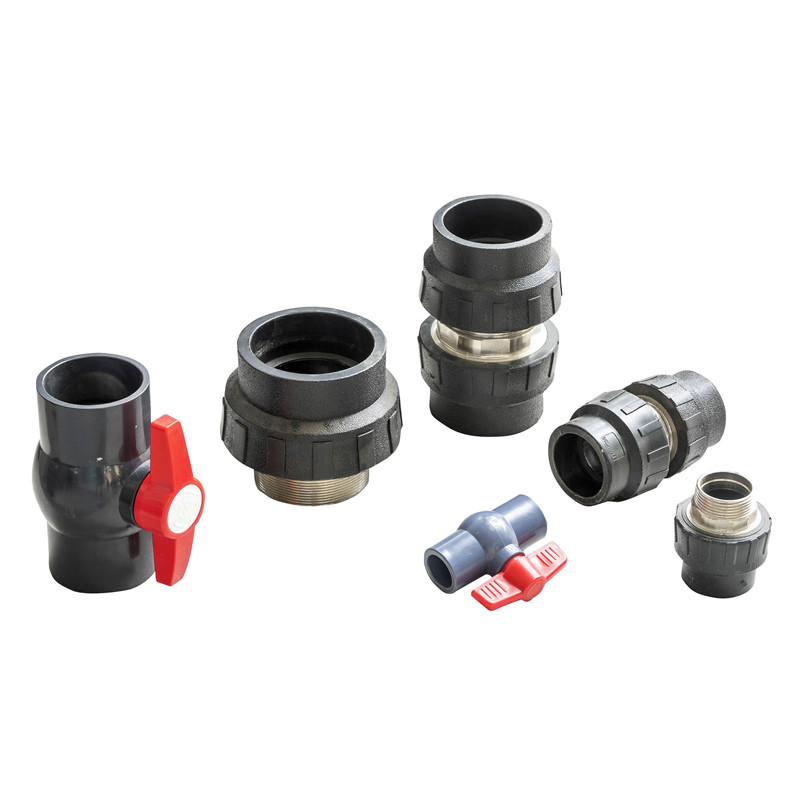Dec . 02, 2024 07:33 Back to list
High-Density Polyethylene Cutting Boards for Kitchen Durability and Safety
The Versatility and Benefits of HDPE Cutting Boards
In the world of culinary tools, cutting boards hold a crucial position. Among the variety of materials available, High-Density Polyethylene (HDPE) has emerged as a favorite among chefs and home cooks alike. This versatile polymer is not only durable and easy to maintain but also offers several unique benefits that set it apart from traditional wooden or bamboo boards. Here, we explore the characteristics of HDPE cutting boards, their advantages, and why they should be a staple in every kitchen.
What is HDPE?
High-Density Polyethylene (HDPE) is a thermoplastic made from petroleum. It's characterized by its high strength-to-density ratio, making it an ideal material for various applications, including cutting boards. HDPE is recognized for its durability, resistance to impact and moisture, and its non-reactive nature, which is critical in food preparation.
Advantages of HDPE Cutting Boards
1. Durability HDPE cutting boards are exceptionally durable. They can withstand the rigors of daily use, including cutting, chopping, and slicing without showing significant wear. Unlike wooden boards, which can crack or warp over time, HDPE boards maintain their shape and integrity for years.
2. Hygiene One of the most significant benefits of HDPE is its non-porous surface. This quality prevents the absorption of moisture and bacteria, making it less prone to harboring harmful germs. HDPE is also dishwasher safe, allowing for easy sanitation—key for any kitchen where food safety is a priority.
hdpe cutting board

3. Knife-Friendly Many chefs worry about the impact of cutting on their knives. HDPE cutting boards strike a balance; they provide a firm surface that can hold up against sharp knives without dulling them excessively. Unlike glass or ceramic boards, which can damage blades, HDPE offers a slightly softer surface that protects both the board and the knife.
4. Lightweight and Portable HDPE cutting boards are lightweight and easy to maneuver. Whether you’re chopping ingredients at home or preparing food for a picnic or camping trip, their portability makes them a convenient choice.
5. Variety of Colors and Sizes HDPE cutting boards come in a wide range of colors and sizes, allowing for customization based on your kitchen needs. Many professional kitchens utilize a color-coding system to prevent cross-contamination by assigning different colored boards for different food types, such as raw meat, vegetables, and seafood.
6. Eco-Friendly Option While plastic is often viewed unfavorably in terms of environmental impact, HDPE has a more positive profile. It is recyclable, meaning that when it reaches the end of its life, it can be repurposed rather than ending up in a landfill. Additionally, some manufacturers are producing HDPE boards from recycled materials, supporting sustainability.
Conclusion
In summary, HDPE cutting boards offer an excellent blend of durability, hygiene, and practicality. Their resistance to moisture and bacteria, lightweight nature, and knife-friendly surface make them ideal for both everyday cooking and professional culinary environments. Furthermore, their eco-friendliness adds an appealing aspect for those concerned about sustainability.
When selecting tools for your kitchen, an HDPE cutting board should be at the top of your list. With their long lifespan and ease of maintenance, they provide superior performance while ensuring safety and cleanliness in food preparation. Whether you are a seasoned chef or a casual home cook, investing in an HDPE cutting board can elevate your cooking experience and keep your kitchen safe and efficient.
-
High-Quality PPR Pipes and Fittings Durable ERA PPR & PVC PPR Solutions
NewsJul.08,2025
-
Black HDPE Cutting Board - Durable, Non-Porous & Food Safe HDPE Plastic Cutting Board
NewsJul.08,2025
-
High-Quality CPVC Panel Durable HDPE & PVC Panels Supplier
NewsJul.08,2025
-
Double PE Welding Rod Supplier - High Strength, Durable & Versatile Welding Solutions
NewsJul.07,2025
-
High-Quality PVC-O Pipe Supplier Durable 75mm PVC Pipe & Connections Leading PVC Pipe Company
NewsJul.07,2025
-
HDPE Drainage Pipe Supplier – Durable & Corrosion-Resistant Solutions
NewsJul.06,2025

